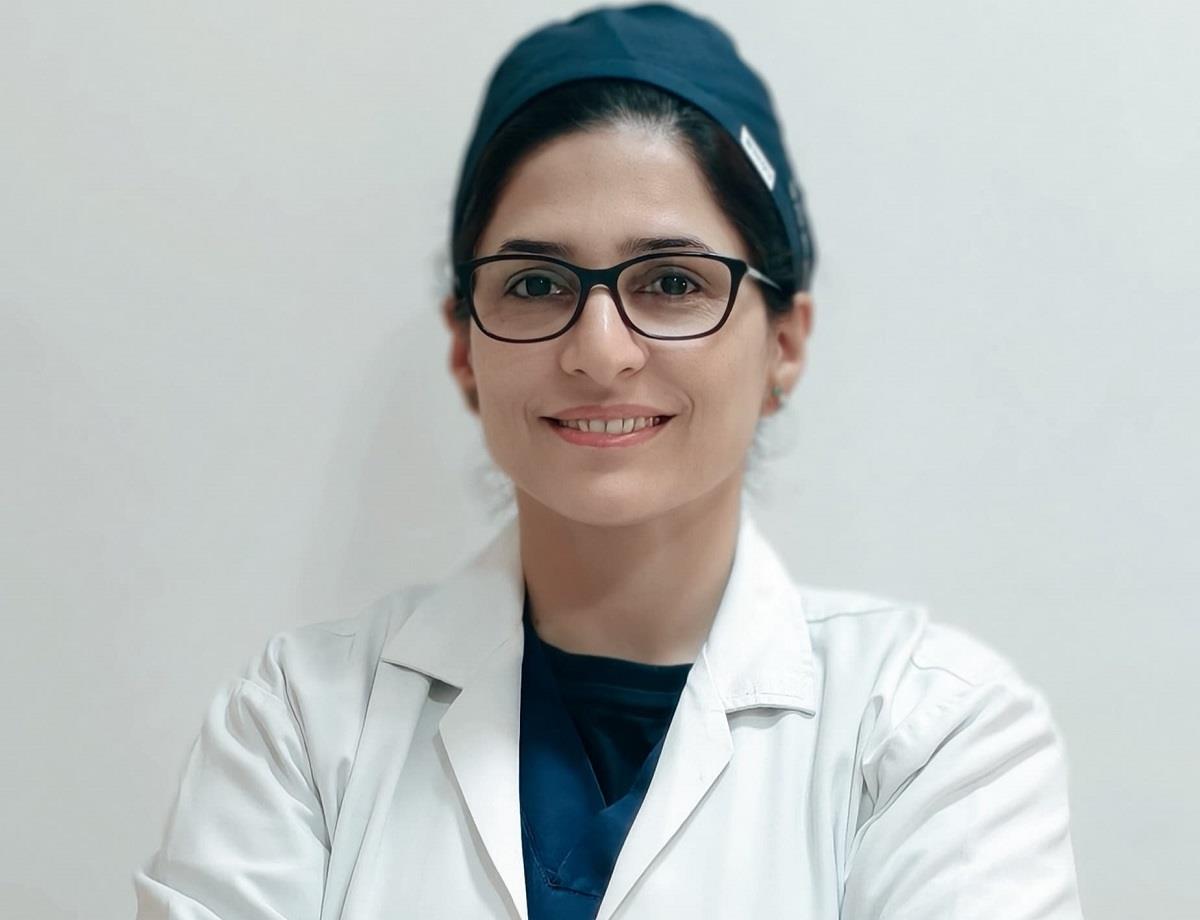
Kashmir Can't Afford Late Diagnoses Anymore
Dr. Shabnam Bashir, Director of Surgical Oncology, Division of Breast & Colorectal Cancers & Non-Cancer Disorders at Paras Hospital, Srinagar.
Every October, Kashmir, like much of the world, turns pink. Ribbons decorate hospital walls, social media floods with statements, and everyone talks about awareness. But behind all the colour and campaigns, a painful truth remains: too many women are still being diagnosed too late.
Breast cancer has become the most common cancer among women across India. In Kashmir too, doctors are seeing a steady rise, especially among younger women.
“Symbolism doesn't save lives, early action does,” says Dr. Shabnam Bashir, Director of Surgical Oncology, Division of Breast & Colorectal Cancers & Non-Cancer Disorders at Paras Hospital, Srinagar.
ADVERTISEMENTDr. Shabnam has treated countless women who come in when the disease has already advanced. Many delay checkups because of hesitation, stigma, or lack of awareness.
“The pink ribbon should remind us to act, not just observe,” she says.
To her, awareness is essentially about starting conversations at home, getting regular screenings, and breaking the silence that still surrounds breast health in Kashmir.
She believes the fight against breast cancer is entering a new phase. Artificial Intelligence is helping detect tumours earlier, and precision oncology now allows doctors to design treatments that fit each patient's unique needs.
Survival rates are improving, but Dr. Shabnam says technology alone cannot save lives.“Unless women feel safe to speak up and seek help early, we will keep losing precious time.”
In a detailed conversation with Kashmir Observer, the oncologist explains how timely screening, empathy, and open discussion can help change the story of breast cancer in the valley.
Every October, everything turns pink: ribbons, T-shirts, campaigns. But does it actually make a difference?
It can, if we let it. The pink is powerful, but only when it leads to action.
Awareness without follow-through is like lighting a candle and walking away before it burns.
Book your mammogram, do a self-exam, talk about breast health with your family. The colour should remind us to act, not just to observe.
The real power of pink is when someone says,“Because I saw that ribbon, I got myself checked.” That's when it works.
Everyone says,“check for lumps.” Is that the only red flag?
Lumps are the most talked about, but they're not the only clue. The body has other ways of waving red flags.
Notice if there's nipple discharge (especially from one side), if the nipple looks different, like it's pulled in, thickened, or has a sore that won't heal.
Even the skin can tell you something: dimpling, thickening, or discoloration. Basically, if something feels off or looks unusual, don't ignore it.
We usually think of breast cancer as a“women's disease.” But men get it too, right?
Yes, and that's one of the biggest awareness gaps.
About 1% of breast cancer cases are in men, and because it's unexpected, it's often caught late. Men have less breast tissue, so the disease spreads faster. Plus, many hesitate to see a doctor because they feel embarrassed.
The message needs to be clear: breast cancer doesn't discriminate by gender.
And what about young women? It feels like they're often left out of the conversation.
Exactly. Many people assume women under 40 are“too young” to worry, but that's not true.
We're seeing more cases in younger women. They face different challenges: fertility concerns, lack of regular screening, and the emotional weight of dealing with cancer early in life.
We need to make sure awareness includes them too.
You must have heard some wild myths over the years. Which one frustrates you the most?
Oh, where do I start? The idea that breast cancer treatment always means removing the entire breast, that's a big one. Many women can safely have breast-conserving surgeries.
Then there's the fear that chemo causes permanent hair loss. It doesn't.
And the worst:“Cancer means death.” That one breaks my heart because it's simply false.
Today, so many breast cancers are curable, especially when caught early. Myths create fear, and fear delays care.
Speaking of fear, mammograms scare a lot of women. They say they're painful or unsafe. What's the truth?
The truth is, it's neither painful nor unsafe. It might feel a bit uncomfortable for a moment, but it's completely worth it.
The radiation from a mammogram is minimal, less than what you get from your surroundings in a few months. It's so safe that even pregnant women can get screened with proper shielding.
The test takes a few minutes, and it can literally save your life. That's a trade-off worth making.
How has treatment changed over the years? It feels less terrifying now.
You're right, it's changed dramatically. We've moved into an era of precision medicine. That means every patient's treatment is tailored to their unique cancer type, genetic makeup, and lifestyle.
We call it“de-escalation”, using just enough treatment, not more than necessary. It's smarter, more personalized, and helps patients recover better both physically and emotionally.

Legal Disclaimer:
MENAFN provides the
information “as is” without warranty of any kind. We do not accept
any responsibility or liability for the accuracy, content, images,
videos, licenses, completeness, legality, or reliability of the information
contained in this article. If you have any complaints or copyright
issues related to this article, kindly contact the provider above.
















Comments
No comment